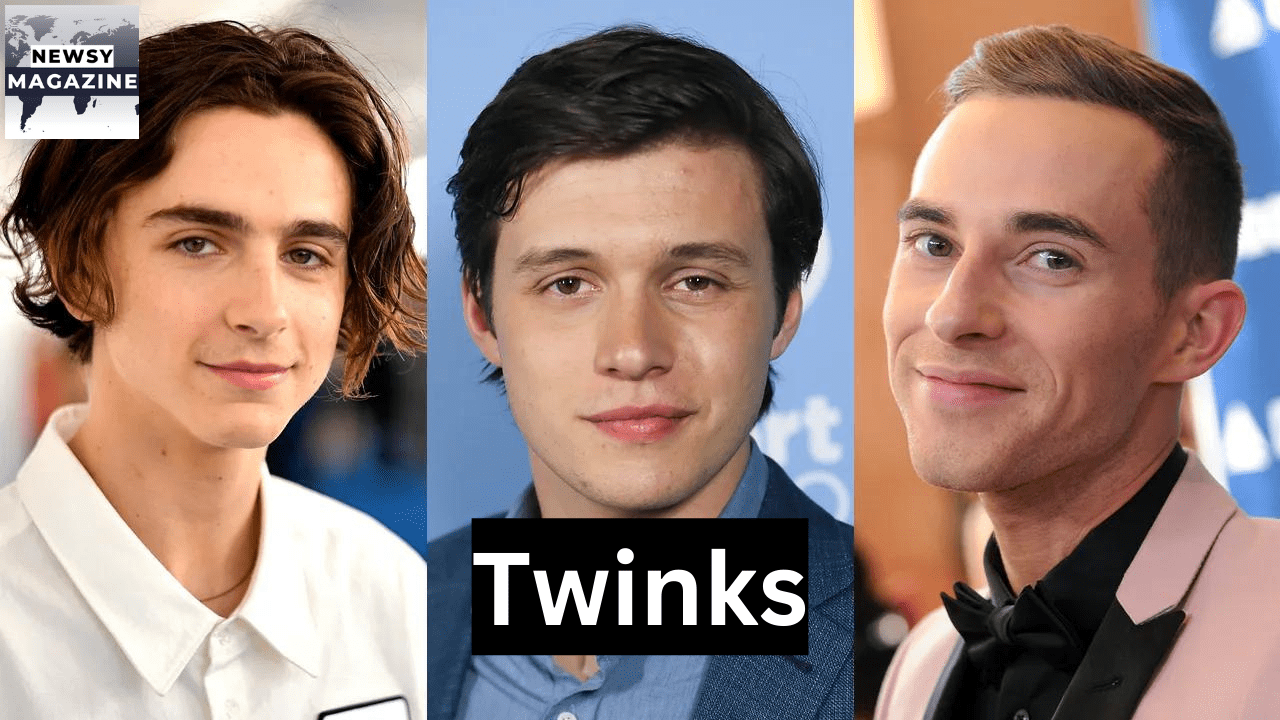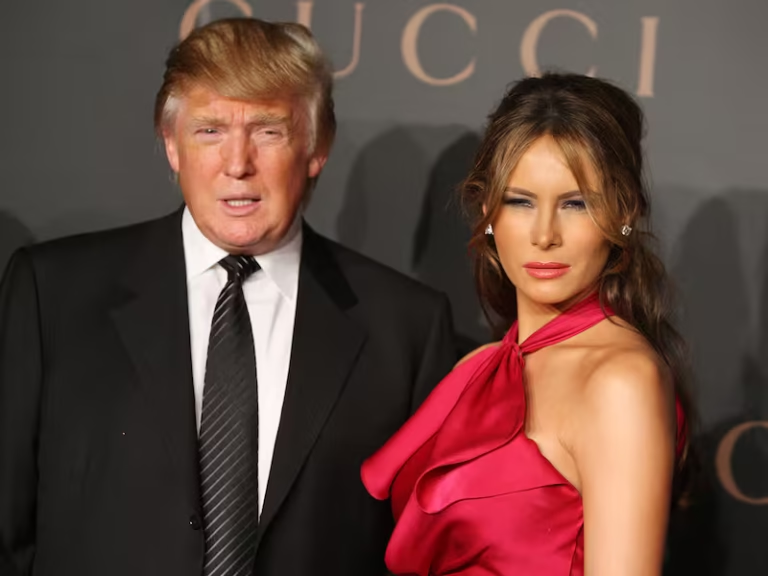
Imagine stepping into a vibrant world where youthful energy and sleek aesthetics define an entire subculture. This world belongs to the “twinks,” a fascinating and often misunderstood segment of the LGBTQ+ community. Known for their slender frames, boyish looks, and impeccable style, twinks have become cultural icons. Their presence sparks both admiration and debate, making them a compelling subject for anyone interested in the nuances of identity and self-expression.
Eric Twinks, in particular, exemplifies the evolution of this subculture from marginalization to a celebrated identity. Initially used as a stereotype, the term has been reclaimed by many as a badge of pride and individuality. By delving into the history, characteristics, and ongoing controversies surrounding twinks, this article aims to provide a thorough understanding of their role within the LGBTQ+ landscape. Join us as we explore the vibrant, complex world of Eric Twinks, and discover what makes this subculture both unique and significant.
Historical Context
The term “twinks” originated in mid-20th-century slang and gained significant recognition during the 1980s and 1990s. Initially used with a derogatory connotation, it described young, slender, and often boyish-looking gay men. This stereotype was rooted in a specific aesthetic that emphasized youth and a lack of body hair. Over time, the LGBTQ+ community began to reclaim the term, transforming it into a positive identifier for many who fit or aspire to this particular look and identity.
The 1980s and 1990s saw the twink stereotype become more mainstream, influenced by media portrayals and the evolving cultural landscape. While it originally carried negative implications, the increasing visibility of LGBTQ+ individuals led to a more nuanced understanding of different subcultures within the community. The reclaiming of “twink” reflects broader efforts to challenge and redefine terms that were once used to marginalize, allowing those who identify with the term to embrace it with pride and confidence.
Characteristics of a Twink
Twinks are typically characterized by several distinct physical and behavioral traits:
- Age and Appearance: Twinks are usually in their late teens to mid-20s, with a slender or slightly built physique. Their youthful appearance is a key aspect of their identity.
- Grooming: They often have minimal body hair, are clean-shaven, and maintain a fresh-faced look. This emphasis on grooming enhances their youthful appearance.
- Fashion: Twinks are known for their stylish and sometimes flamboyant clothing, which highlights their physique and expresses their identity.
Cultural Significance
Twinks hold a significant place in the LGBTQ+ community, symbolizing youth and beauty. They contribute to the community’s diversity and vibrancy. However, the term is not without controversy. While some embrace it as an essential part of their identity, others view it as reinforcing superficial beauty standards.
Representation in Media
Twinks have been prominently featured in various media forms, from films and TV shows to social media platforms. Shows like “Queer as Folk” and characters in movies such as “Love, Simon” highlight twinks, showcasing their lives, challenges, and contributions to the LGBTQ+ narrative. Social media influencers and content creators also play a significant role in representing and shaping the Twink identity.
Criticisms and Controversies
The term “twink” has its critics. Some argue that it perpetuates narrow beauty standards and excludes those who do not fit the mold. There is also a concern that the emphasis on youth and physical appearance can lead to ageism and body shaming within the community. These criticisms highlight the need for a more inclusive understanding of beauty and identity within the LGBTQ+ community.
The Future of the Twink Identity
As societal attitudes evolve, so does the perception of twinks. The LGBTQ+ community is increasingly recognizing and celebrating diversity in all its forms. The future of the twink identity lies in its ability to adapt and embrace inclusivity. By doing so, it can remain a vibrant and respected part of the LGBTQ+ culture.
Personal Stories and Experiences
To better understand the Twink subculture, it is essential to listen to personal stories and experiences. Many twinks share their journeys of self-discovery, acceptance, and pride. These stories often highlight the challenges they face, such as coming out, dealing with stereotypes, and finding their place within the LGBTQ+ community. By sharing their experiences, twinks contribute to a richer and more nuanced understanding of their identity.
Health and Wellness
Health and wellness are crucial aspects of the twink lifestyle. Maintaining a youthful and slender appearance often involves a focus on fitness and nutrition. Many twinks engage in regular exercise and follow specific dietary plans to achieve their desired look. However, it is important to approach these practices with balance and avoid unhealthy behaviors such as excessive dieting or over-exercising.
Social Dynamics and Relationships
Twinks often navigate complex social dynamics and relationships within the LGBTQ+ community. They may face both admiration and envy from others due to their appearance and perceived youthfulness. These social dynamics can influence their interactions and relationships. Understanding these dynamics helps to foster empathy and support within the community.
Empowerment and Advocacy
Many Twinks are actively involved in advocacy and empowerment efforts within the LGBTQ+ community. They use their visibility to raise awareness about important issues such as discrimination, mental health, and body positivity. By doing so, they help to create a more inclusive and supportive environment for all members of the community.
Conclusion
Eric Twinks represents a fascinating and integral part of the LGBTQ+ community. Their history, characteristics, and cultural significance highlight the diversity and complexity within the community. While the term has evolved from its derogatory origins, it now serves as an important identity marker for many. However, it also faces criticisms for perpetuating narrow beauty standards and ageism. Understanding the twink subculture helps foster empathy and support within the LGBTQ+ community, promoting inclusivity and respect for all identities.
As societal attitudes continue to evolve, so does the perception of twinks. Embracing inclusivity and expanding the understanding of beauty and identity is crucial for the future of the twink subculture. By listening to personal stories, engaging with media representations, and acknowledging criticisms, we can create a more supportive environment for everyone. Through advocacy and empowerment efforts, twinks contribute to a richer and more nuanced understanding of the LGBTQ+ experience, ensuring their continued relevance and respect within the community.
FAQs
Q: What is a twink in the LGBTQ+ community?
A twink is a term used to describe a young, slender, and often boyish-looking gay man. This identity is characterized by a youthful appearance, minimal body hair, and trendy, sometimes flamboyant clothing.
Q: How did the term “twink” originate?
The term “twink” emerged in the mid-20th century and became more prominent in the 1980s and 1990s. Initially, it had a somewhat derogatory connotation but has since been largely reclaimed by the community as a positive identifier.
Q: What are some common characteristics of twinks?
Twinks are typically young, between their late teens and mid-20s, with a slender or slightly built physique. They often maintain a clean-shaven, smooth-skinned appearance and dress in stylish, often attention-grabbing clothing.
Q: Why is the term “twink” sometimes controversial?
The term “twink” can be controversial because it may reinforce narrow beauty standards and exclude those who do not fit this specific mold. It also can lead to ageism and body shaming within the LGBTQ+ community.
Q: How are twinks represented in media?
Twinks are prominently featured in various media, including films, TV shows, and social media. Characters in shows like “Queer as Folk” and movies like “Love, Simon” highlight twinks, showcasing their lives and contributions to the LGBTQ+ narrative. Social media influencers also play a significant role in shaping and representing the Twink identity.






